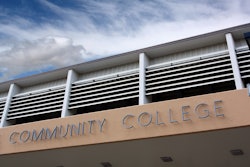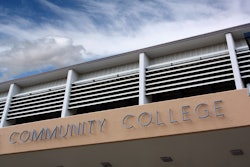In the wake of COVID-19, community colleges and for-profit institutions as well as Black and male students were the highest impacted by continued online learning during the 2020 summer enrollment.
That’s the findings of The National Student Clearinghouse Research Center who recently launched a new research series to analyze the effects of COVID-19 on higher education enrollment rates.
“Given the level of uncertainty and I would say fears about enrollments for the fall, we felt that we needed to do everything that we could to make available any information we had that could provide hints or guidance,” said Dr. Doug Shapiro, vice president of research at the Clearinghouse Research Center. “Even if it’s incomplete, we wanted to inform institutions about how they can best respond to the pandemic and figure out which students are most in need and how to help them.”
From May to July 2020, around seven million students were enrolled at 2,300 colleges across the country. However, community colleges faced an almost 6% enrollment decrease while for-profits had a 7% decrease since summer 2019. Enrollment also declined by more than 8% at public rural four-year schools and by 5% at private nonprofit rural institutions, according to the report.
“Certainly, in past recessions, we always see that community colleges along with online and for-profit institutions have gained in enrollment,” said Shapiro. “Now typically that wouldn’t have happened for several more months but we certainly wouldn’t have expected a decline like we are seeing here.”
The decline in enrollment seen at community colleges and rural colleges could stem from the challenges of all online instruction including a lack of reliable internet access and up-to-date technology, he predicted.
However, not all types of institutions saw a decline.















